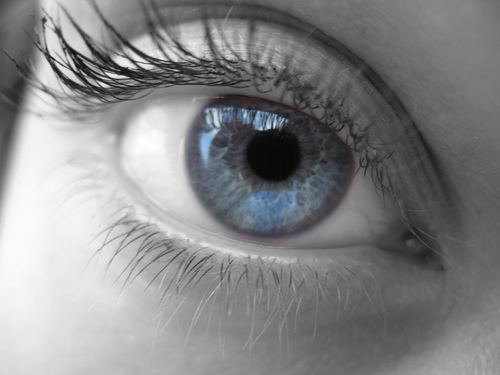Sponsor a cataract surgery
Sponsor a cataract surgery for only £15.
Cataracts are cloudy patches in the lens (the transparent structure at the front of the eye) which can make vision blurred or misty and can develop in one or both eyes.
Read more @ NHS.ukSurgeries
Testimonial
President Elect, Rotary Club of Bangalore
Eye Bank

"Recogonised as a model eye bank by Govt. of India "
The eye is a very important organ in the body. The ability to see things around us is required for every small task we do. We can imagine the plight of blind people by just closing our eyes for a few seconds. We will be severely handicapped!!! But for millions of children and adults, the view of the world is clouded by vision problems and the pictures that shape their world are blurred, distorted, or blocked completely.
The cornea is the clear glass like surface at the front of the eye. Should the cornea become cloudy from disease, injury, infection, or any other cause, vision will be dramatically reduced. A corneal transplant is the surgical procedure which replaces a disc shaped segment of an impaired cornea with a similarly shaped piece of a healthy donor cornea.
The first corneal transplant took place in 1905.
According to Indian council of Medical Research (ICMR) study on blindness, about 25% of the total blind in India are blind due to corneal blindness. So, out of these 2.5 million blind people, even if 1 million or so are blind by a curable corneal disease, we require really a large number of people to donate their eyes if we want to treat these patients.
The Sankara Eye Bank Coimbatore started functioning from 1987 with a twofold mission: to promote organ and tissue donation through a program of public and professional education and donor registration; and to procure and distribute eye tissue for transplant surgery.
Although the cornea is the most commonly transplanted tissue, the white outer covering of the eye, called the sclera, is also preserved and used for reconstructive surgery.
Whole eyes are not transplanted
To Pledge
Eye donation forms are available at any eye bank, which can be filled and submitted at any eye bank. An assurance will be obtained from the donor's relative that the relative will inform an eye bank in time whenever death occurs. It is also essential for them to sign a consent form before the eyes can be removed.
When you come across death, please do the following:
- Convince the relatives of the "Gift of Vision" which only they can impart.
- Close the eyes of the deceased.
- Raise the head with a pillow and put off the fan.
- Put a polythene cover with few ice cubes on forehead.
- Inform eye bank immediately.
FAQ
 1. Who can be an eye donor?
1. Who can be an eye donor?
Anyone can donate his eyes without consideration for age or sex. Cataracts, prior ocular surgery, diabetes, glaucoma, cancer, poor eyesight do not prohibit you from becoming a donor. Prospective donors may indicate their intentions on donor cards. It is important however, for donors to inform family members of their wishes. Eye donation is only after death and should be collected within six hours of death.
2. What is the cornea?The cornea is the clear glass like surface at the front of the eye. Should the cornea become cloudy from disease, injury, infection, or any other cause, vision will be dramatically reduced.
3. How soon after a donation must a cornea be transplanted?A corneal transplant is usually performed within three to seven days after donation, depending upon the method of corneal preservation used.
4. Can the entire eye be transplanted?No. Only the cornea can be transplanted. However, other parts of the eye like the sclera are used for reconstructive surgery, valuable research and education.
5. What is an eye bank?An eye bank obtains, medically evaluates and distributes eyes which are donated by humanitarian minded citizens for use in corneal transplantation, research and education. To ensure patient safety, the donated eyes and the donor's medical history are evaluated by a trained professional in accordance with the Alabama Eye Bank's strict Medical Standards.
6. Can eyes be removed at home and are there any costs involved?The eyes can be removed at home or any other place where the body is kept after death. No fees are charged from the family.
7.Are there moral or religious conflicts to eye donation?Religious leaders throughout the world have voiced their support for eye donation as an expression of highest humanitarian ideas.
8. Can the Next-of-kin consent to a donation if the deceased family member has not signed a donor card?Yes.
9. Will eye donation affect the appearance of the donor?No. The eye removal leaves no visible signs. Families may go ahead with funeral arrangements, including a viewing if so desired.
10. Will the recipients or donor families be told who donated the corneas?No. The gift of sight is made anonymously. Donor families and recipients can be given some general information about each other, if desired.
Once you have decided to become a donor, the most important step is telling your family. Share your wishes to become a donor